Whether it’s a laboratory or a shopping centre, construction projects require both high levels of structure and precise coordination to be successful. Thus, they need to be overseen by someone who can fit the traditional skills and experience of a manager into the constantly-moving pace of the construction industry.
In construction project management, therefore, such abilities have to be marshalled in a way that managers can navigate the necessary phases of a given project. From handling teams and stakeholders and staying abreast of documentation to, crucially, being able to meet deadlines, construction management needs dedication to control and monitor things on the way to success.
Unsurprisingly, it’s a demanding, complex process. However, with the right preparation and knowledge, successfully seeing a construction project through to completion is entirely do-able.
Here we present a complete guide to construction project management (CPM), an extensive resource that you can refer back to throughout your projects as needed. Touching on everything from the definitions of CPM and the manager’s role in the process, to challenges and best practices, we aim to get you up to speed on everything you need to know before beginning your next project.
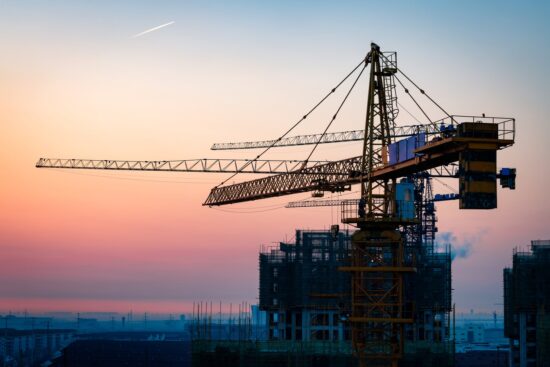
What is construction project management?
Construction project management involves the planning, coordination and execution of a construction project. Across a range of industries such as agricultural, commercial, and industrial, among others, such projects involve hundreds of tasks and multiple phases that necessitate a thorough knowledge of the building process as well as problem-solving to keep everything on track.
Because of the ever-changing nature of construction management, the role of a construction project manager is to ensure the project progresses according to plan, on time and on budget in a way that meets the codes, plans and specifications set by the client or the manager’s employers themselves.
Though project management is defined as managing resources over the life cycle of a project through various tools and methodologies to control scope, cost, time and quality, the process becomes broader within a construction framework. There’s a wider variety of constraints to contend with that are specific to the design and build of construction projects. That means construction project management can intersect with a variety of different disciplines throughout a project’s lifetime, from architecture and engineering to public works and city planning, for instance.
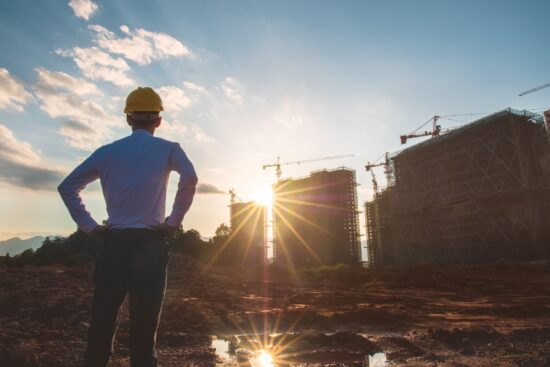
What is the role of the construction project manager?
As noted above, a construction manager is responsible for ensuring the project proceeds according to plan. Primarily, they’re required to manage construction projects in a way that ensures its completion on the agreed budget and time. A construction manager can have up to 120 responsibilities during the completion of a project, which can broadly be divided into the following:
– Estimating and negotiating project costs
– Formulating budget
– Creating a schedule and work timetables
– Determining which methods and strategies are appropriate for the project
– Communicating with clients and stakeholders, e.g. budget, progress, etc.
– Leading or interfacing with workers, teams and other construction professions on technical and contract details
– Working with building, construction and regulatory specialists
What are the key principles of construction project management?
– Conceiving the project
Before doing anything else, you’ll need to carry out the due diligence to determine whether the project is even feasible. Conducting a feasibility study, also known as a business case, comes in handy here, helping you identify your goals, the project’s cost, and its timeline to see if you have the resources to reach a successful project end within the constraints that have been identified. It’s important to also define the reasoning behind the project, along with any potential risks and issues you may have identified too.
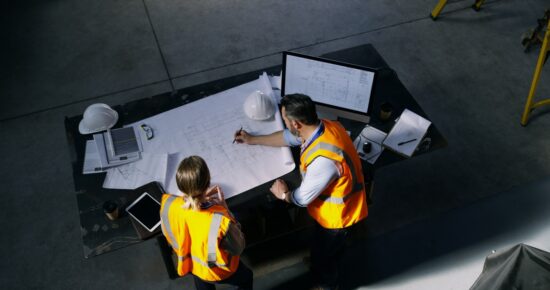
– Defining and planning the project
Once the project has been conceived and approved, you’ll then have to plan out the road map that’ll help you get to where you want to be. Outline the tasks within the timeline, note any project milestones, and the resources you’ll need to complete said tasks with the budget you have. In doing so, be transparent so everyone on your team knows what needs to be done over the project’s lifecycle.
Along with also detailing the cost, scope, duration and communications used in the project, you’ll also start visualising the best people for the project and begin assembling a team.
– Launching the project
Once you put your plan into action, the deliverables that were promised must come through in the timeframe you noted. And now that you’re dealing with stakeholders, teams and customers, you’ll have to set up meetings and get used to reporting more frequently too. Meanwhile, the tasks that your team must complete require resource allocation and workload management on the part of the project manager too.
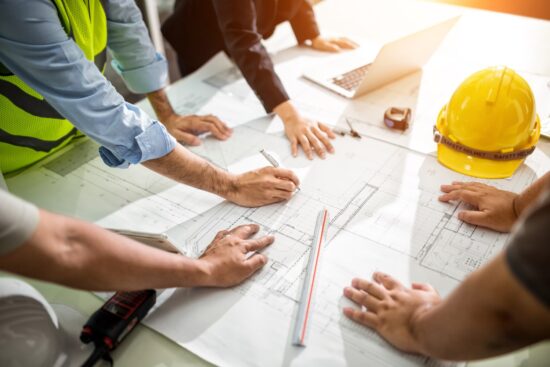
– Tracking project performance
Monitoring the progress of your project is essential, demanding its own separate stage in your management. You’ll need a way to note the progress, so it’s important to set up key performance indicators for cost, time and quality. Meeting these figures means it’s less likely you’ll run into major problems. However, when change does occur, it’s crucial that you stay flexible and communicate with your team throughout the project.
Budgeting and estimating costs for your construction project
One of the most difficult aspects in the early stages of a construction project is establishing the project budget before starting the work itself. Once you’ve defined a clear scope of work for the project along with a structure that details each task that must be completed, then you’ll have a better idea of what to include in your budget. A project budget should make allowances for the following expenses:
- Labour – Labour costs can be derived from historical data, current market rates, union rates or guidebook estimates.
- Materials – A project manager’s procurement strategy allows them to get the best price and value for materials which meet the technical requirements of the project.
- Equipment – If a contractor needs to purchase or rent equipment for a project, the cost of the equipment (including wear-and-tear) should be included in the project budget.
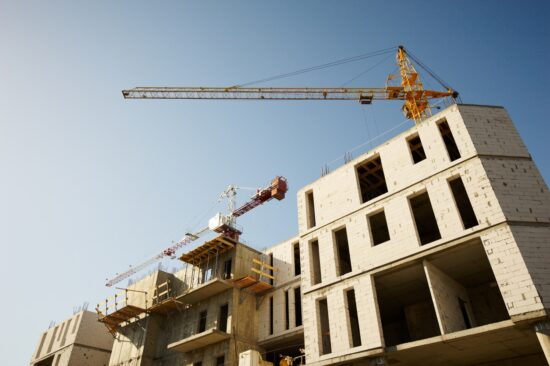
- Subcontractors – If a contractor plans to subcontract out some of the project delivery then this should be included in the project budget.
- Supplies – While materials are used to build the project, it’s the supplies that are used to maintain the construction operation.
- General conditions – indirect costs in relation to the project must be budgeted accordingly; items such as project management staff, telephones, permits, fees, and cleaning fall under this category.
- Profit – Profit must be calculated and worked into the budget plan, with the project manager continually tracking and seeking to optimise the forecasted profitability of the project.
- Taxes – When preparing a project budget or estimate, project managers should be aware that a portion of the profits will be passed onto HMRC under the Construction Industry Scheme.
What do the stages of Construction Project Management look like?
Completing a construction project requires completing your objectives in stages. The following four steps are typical of a successful construction management project:
– Design
Concept: Decisions, goals and objectives of the project become shaped by the size of the project, the site allocated for the build and the actual design of what’s being built.

Schematic design: Here is where you identify the various parts, materials, sizes and colours of your project via sketches that also include a floorplan, elevations and a site plan.
Development of the design: In realising your design, what materials and equipment will be needed and at what cost? Such decisions refine the drawings from the previous stage, while deeper research will get you up to speed on knowing and adhering to local building codes.
Getting the contract documents together: Your drawing and construction specs will be fully finalised, ready to be bid on by outside contractors.
– Preconstruction
Once you’ve accepted the bids, but before physical work begins, the following must then take place:
Determine the rest of the personnel: The project manager assembles a team made up of several key personnel. The contract administrator aids the project manager closely, while the superintendent keeps everything on schedule in terms of materials, deliveries and equipment, as well as dealing with construction activities. Lastly, the field engineer deals with much of the paperwork throughout the project.
Investigate the site: Is the site suitable for building on? Check to see if there are environmental issues, such as the suitability of the soil, before you begin construction itself.
– Procurement
With the people and plans for construction in place, the materials required to complete the project are now needed. Depending on the organisation of the business during the construction, this may fall in the remit of the general contractor or subcontractor to take care of.
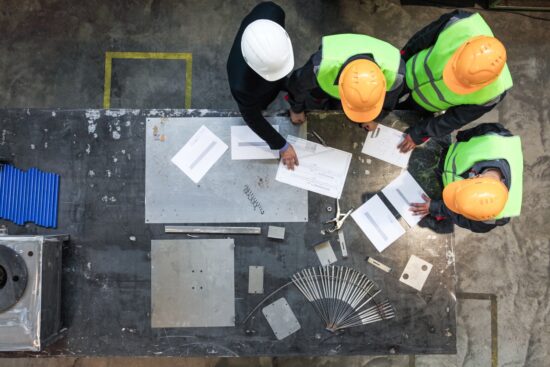
– Construction
Following a pre-construction meeting where work hours are decided, quality control is assessed and the storage of materials is made clear, you can now get everyone set up and on the site.
A schedule of payment and a process to deliver said payment must be created, with such information being made transparent. Not only does such an approach meet financial obligations, but it maintains a productive, incentivised workforce and environment.
After construction is complete and the occupants move into the building, it’s crucial that you make sure that all their requirements have been met. Usually, a warranty period is provided to make the arrangement official and binding.
What are the challenges of Construction Project Management?
As we said earlier, construction project management is a challenging undertaking at best. Along the way, it’s entirely likely that you’ll encounter your fair share of challenges. Be aware of some of the common challenges that can present themselves and plan accordingly:
– Fragmented supply chain
If there’s no clear hierarchy to make the flow of information as smooth as possible, then the supply chain can become confused and fragmented. If there are too many decision-makers in one place, then it’s sure to lead to stifled collaboration and a team that doesn’t know what it’s doing.

It’s a common issue, but the number of digital tools available to deal with supply chain issues mean it isn’t insurmountable.
– Lack of trust
Contractual relations can often hinder the development of a construction project. If relations are that bad, or miscommunication is rife, then construction sites can remain inactive for extended periods of time.
Say for instance, that subcontractors have lost faith in their colleagues being able to complete their tasks on time. As a result, they delay the beginning of their activities to save resources. This leads to a series of delays which increases the final cost of the project. Due diligence from the outset of the project can be highly beneficial with regards to knowing whether who you’re going to be working with is going to be the right fit.
– Power of habit
Sometimes, you may run into team members who are reluctant to embrace new ways of working. A digitised approach may be met with difficulties from those who are used to traditional methods.
If you’ve an upcoming construction project to complete, then the team at InterFocus can help. For more information about our bespoke fitted labs, visit our homepage or call our team on 01223 894 833.



